The giant “blue heart” of the Indian Ocean
On the Seychelles archipelago, the coco de mer palm (also known as the double coconut, scientific name Lodoicea maldivica ) has long been associated with many mystical legends.
This is the tree species that possesses the largest fruit and seeds in the world , each fruit weighs an average of 42 kg, while the seeds weigh about 18 to 20 kg.
The coco de mer's unique shape makes it a fascination for scientists, as well as a highly valuable poaching target.

On the Seychelles archipelago, the coco de mer palm (also known as the double coconut, scientific name Lodoicea maldivica) has long been associated with many mysterious legends (Photo: iStock).
Studies have shown that the coco de mer is a species with separate male and female trees. It takes up to 50 years for the tree to reach maturity and be able to reproduce, depending on environmental conditions.
Research by Christopher Kaiser-Bunbury, Darmstadt University of Technology (Germany), shows that tree leaves contain only about 1/3 of the amount of nitrogen and phosphorus compared to other plant species in Seychelles.
Before falling, old leaves withdraw most of their nutrients for reuse, so the tree can devote more energy to growing fruits and seeds.
Another special feature is that the coco de mer's giant foliage acts as a rainwater canopy, channeling the flow along the tree trunk.
This water carries pollen, fallen flowers, bird droppings and organic matter down to the ground around the tree trunk. As a result, the soil just 20cm from the trunk is at least 50% richer in nutrients than the soil a few meters away.
Botanist Stephen Blackmore once commented that the water-conducting ability of this palm is more efficient than the gutter system of many houses.
Hans Lambers of the University of Western Australia described this as “a completely different strategy” that helps the palm adapt to nutrient-poor soil environments. Not only that, the coco de mer is also considered one of the few plants that behave like “nursing” seedlings.
Normally, many species evolve to disperse seeds far away from the parent tree, avoiding competition with the parent tree. But coco de mer seeds cannot float on water, they just fall around the base.
Surprisingly, the young plants benefit from growing in the shade of their parent trees, thanks to access to nutrient-rich soil. “We don’t know of any other species that has this trait,” Kaiser-Bunbury said.
More than 70 million VND for 1 seed
Local legend also holds that coco de mer seeds have medicinal properties.
Although not yet scientifically confirmed, this giant seed is still considered a rare "natural wonder", once sold for between 500 and 2,000 pounds, or about 17 to more than 71 million VND per seed.

Local legend also holds that coco de mer seeds have healing properties (Photo: Getty).
This high economic value makes the coco de mer a target for poachers. Meanwhile, its extremely slow growth rate has led to a decline in its population.
Today, the number of coco de mer in the wild is only about 8,000 mature trees, concentrated mainly on the two islands of Praslin and Curieuse.
The International Union for Conservation of Nature (IUCN) has listed the coco de mer in its Red List. Many conservation measures are being implemented, such as breeding in the wild and planting in botanical gardens around the world. Some places even have to put the seeds in iron cages to prevent theft.
Source: https://dantri.com.vn/khoa-hoc/loai-hat-lon-nhat-hanh-tinh-moi-hat-gia-tuong-duong-hon-70-trieu-dong-20250906071922009.htm


![[Photo] Bustling Mid-Autumn Festival at the Museum of Ethnology](https://vphoto.vietnam.vn/thumb/1200x675/vietnam/resource/IMAGE/2025/10/4/da8d5927734d4ca58e3eced14bc435a3)

![[Photo] Solemn opening of the 8th Congress of the Central Public Security Party Committee, term 2025-2030](https://vphoto.vietnam.vn/thumb/1200x675/vietnam/resource/IMAGE/2025/10/4/f3b00fb779f44979809441a4dac5c7df)

















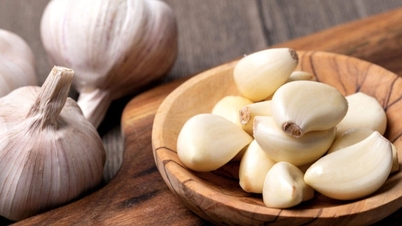




![[Photo] General Secretary To Lam attends the 8th Congress of the Central Public Security Party Committee](https://vphoto.vietnam.vn/thumb/1200x675/vietnam/resource/IMAGE/2025/10/4/79fadf490f674dc483794f2d955f6045)























![[VIDEO] Summary of Petrovietnam's 50th Anniversary Ceremony](https://vphoto.vietnam.vn/thumb/402x226/vietnam/resource/IMAGE/2025/10/4/abe133bdb8114793a16d4fe3e5bd0f12)

![[VIDEO] GENERAL SECRETARY TO LAM AWARDS PETROVIETNAM 8 GOLDEN WORDS: "PIONEER - EXCELLENT - SUSTAINABLE - GLOBAL"](https://vphoto.vietnam.vn/thumb/402x226/vietnam/resource/IMAGE/2025/7/23/c2fdb48863e846cfa9fb8e6ea9cf44e7)
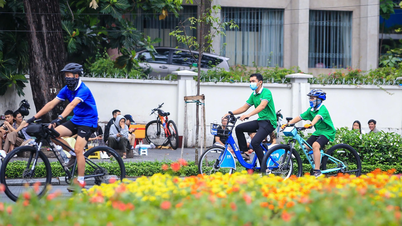

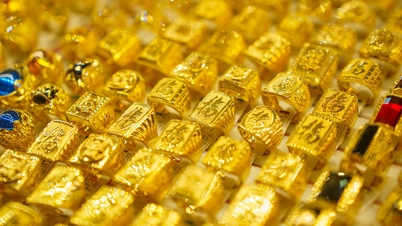


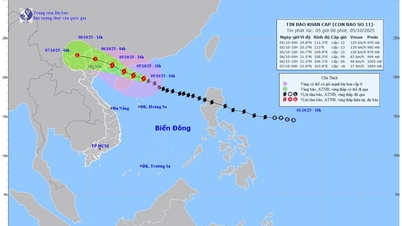









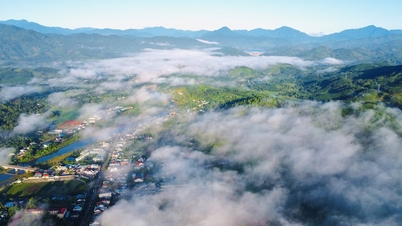

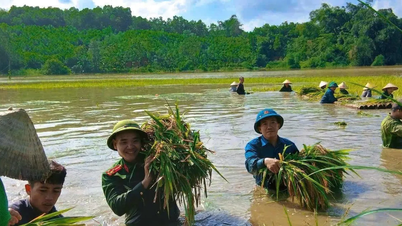
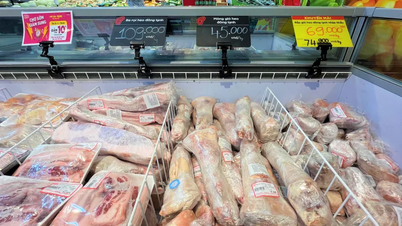



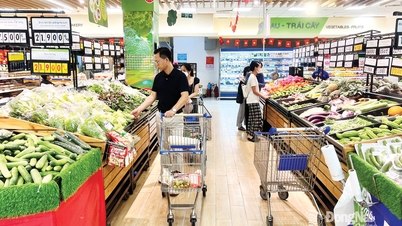
















Comment (0)